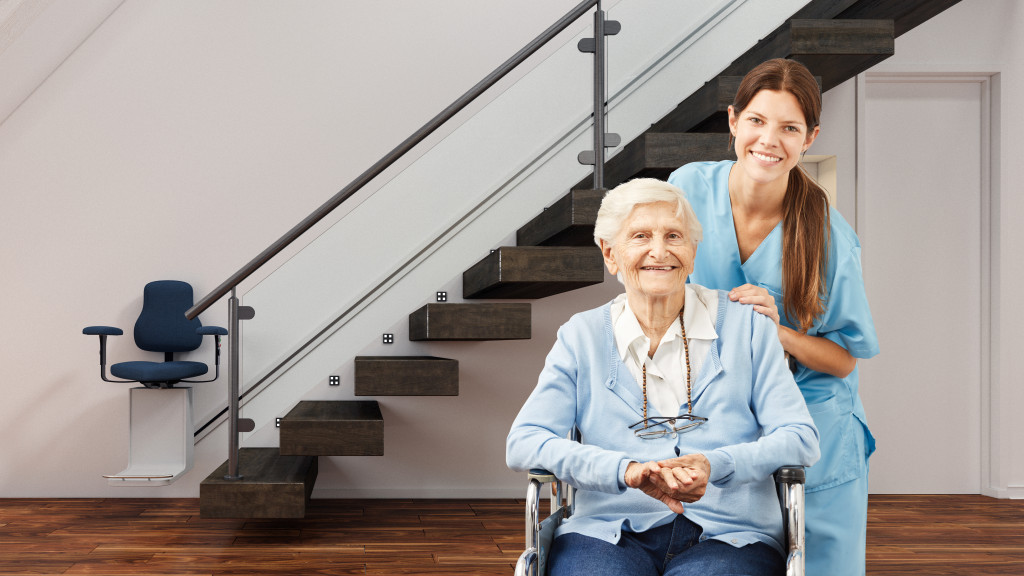The coronavirus pandemic has caused a severe impact on everyone’s lives, threatening their health and safety. Out of the different age groups, the senior community is the most vulnerable to the virus. Age-related health conditions compromise the immune system of older adults, increasing their risk of infection.
With their pre-existing medical conditions and vulnerability to the coronavirus, the elderly require stricter care measures to ensure their health and safety. They need to be more diligent with physical and social distancing than the rest of the population.
Older adults have a variety of care options to choose from, including live-in care or care homes. Both can keep seniors safe, healthy and happy during the coronavirus pandemic.
Care Homes
Care homes can be either of the two: nursing home or assisted living facility. The former offers more medical and personal assistance but allows less freedom for the seniors. Care homes for seniors with dementia are a common example of nursing homes, which are usually staffed by medical professionals.
Meanwhile, assisted living facilities emphasize the residents’ independence but offer less medical care. Unlike nursing homes, assisted living facilities aren’t required to employ in-house nurses and physicians. Although they have medical professionals on call.
The Department of Health and Social Care implemented strict guidelines on coronavirus for care homes. The action plan aims to control or reduce the spread of infection in care settings, which involve the provision of personal protective equipment (PPE), general hygiene principles and social distancing measures, among others.
Some older adults prefer to stay in their homes instead of living in a nursing home. This is common especially for those with dementia since being in an unfamiliar environment can cause them distress. Home care offers personal and medical assistance for seniors, allowing them to quarantine comfortably in their own homes.
Home Care

You can choose between domiciliary care or high-dependency 24-hour home care. In domiciliary care, a care worker visits the older person to provide personal assistance with daily activities and errands.
On the other hand, live-in care offers round-the-clock supervision for older adults. The live-in caregiver monitors the person’s condition 24/7, so they can immediately recognize if their condition is worsening.
Elderly home care also helps you abide by social distancing and quarantine measures. Most home care setups are one-to-one, which limits physical contact, compared to nursing home environments. The live-in care worker has key worker status, allowing them to go out to buy supplies, medication and perform other errands.
Live-in care professionals are also governed by the coronavirus guidelines established by Public Health England (PHE), especially when it comes to hygiene. They know what to do to keep seniors safe from the virus.
The decision to let your loved one stay at home or admit them into a nursing facility depends on their comfort and condition. However, if they’re already residing in a care home, it’s better to let them stay in the facility. You may get the urge to move them back home so you can be together for the remainder of the quarantine, but don’t do it. The move may expose them to increased risks of infection
Instead, ask about the nursing home’s coronavirus guidelines to put your mind at ease. If it’s absolutely necessary to transfer them back home, inquire about live-in home care services to fulfil the needs of your elderly loved ones.

